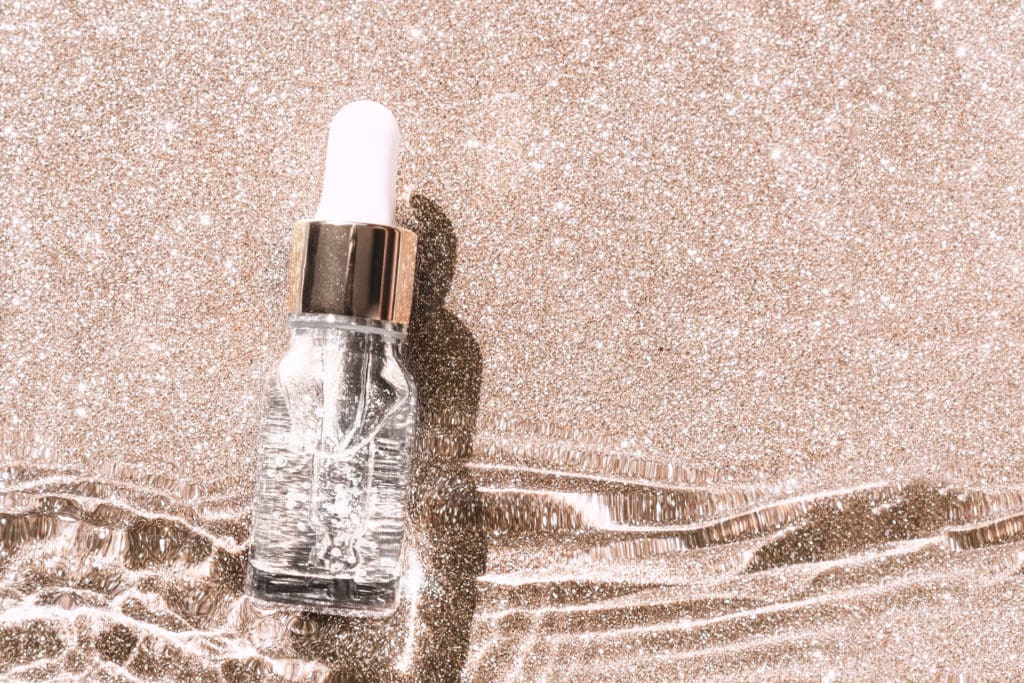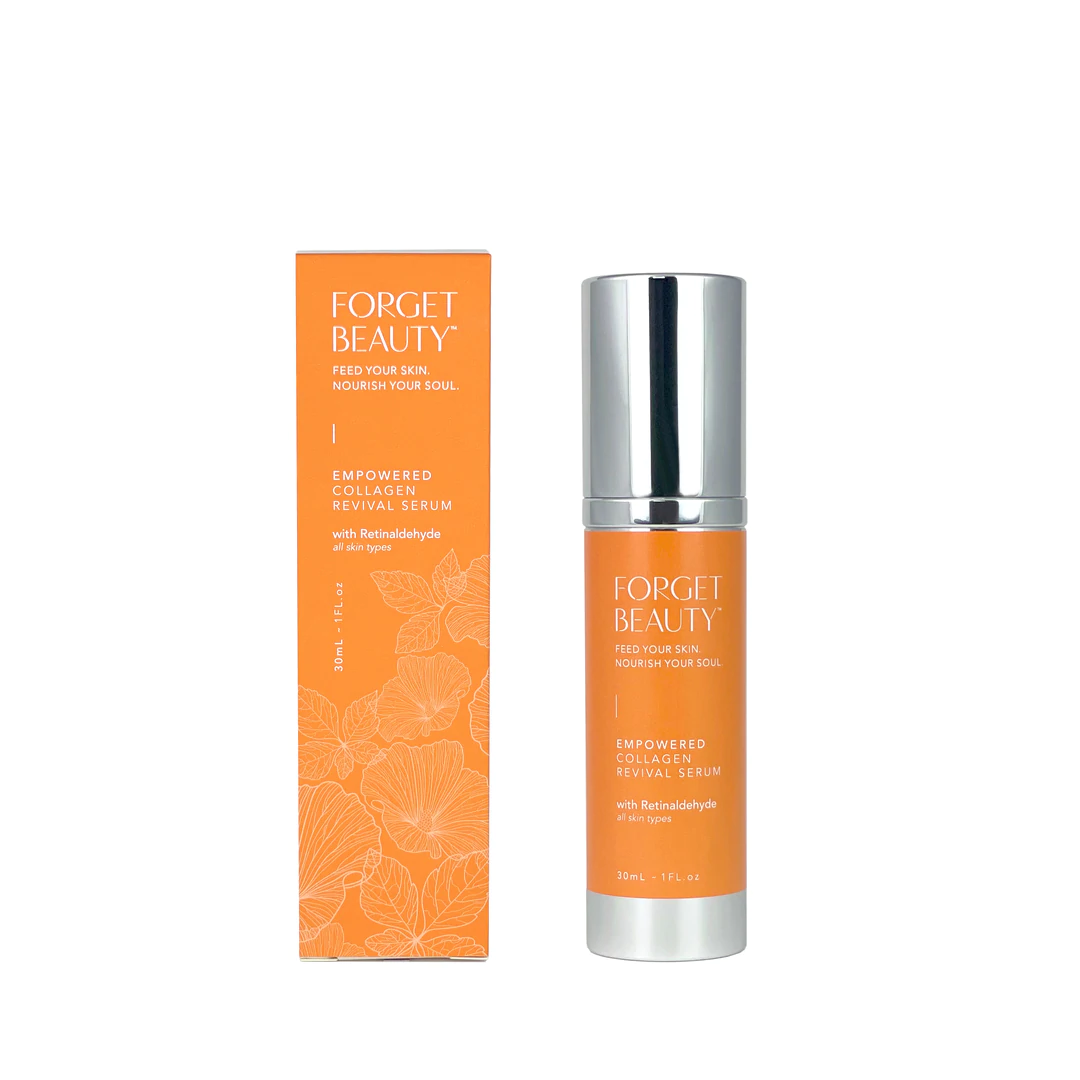We’ve all heard about retinol. As the most commonly used form of vitamin A in skincare products today, it has taken the industry by storm, and for good reason. But what a lot of skincare fanatics don’t know is that retinol is one of four types of retinoids—retinyl palmitate, retinol, retinaldehyde and retinoic acid—that possess key differences consumers should know so they can select the best one for their skin type. To prevent your skin from suffering unnecessary damage, let’s take a closer look at each type of retinoid available to you.

Bioavailability
Bioavailability is the amount of a substance that absorbs into the skin and is used by the body. Retinyl palmitate has a very low bioavailability. Essentially, retinyl palmitate is a combination of retinol (pure vitamin A) and fatty acid. However, the problem with this combination is that it’s not processed well by the body. As a result, it requires more steps to break down into retinoic acid, which is the form of vitamin A used by the body.
Retinol also has a low bioavailability. Once it’s applied to your skin it needs to be converted into retinaldehyde before converting again to retinoic acid to have any impact on the skin that’s worth it.
Retinaldehyde has a high bioavailability. Retinaldehyde is a potent yet non-irritating form of vitamin A that can be stored in the skin and converted to retinoic acid as needed. This means there’s no irritation, redness, peeling or inflammatory side effects. In fact, retinaldehyde stimulates the production of collagen, improves your skin texture and reduces hyperpigmentation and the appearance of fine lines and wrinkles, making it the perfect choice for those with acne-prone skin.
Retinoic acid has the highest bioavailability. Mostly available by prescription only and used for a short period, it’s common to think, “Why not just go straight to the source and apply retinoic acid to the skin?” Although retinoic acid is the final active form of vitamin A and requires no conversion, this also means its strongest form. As a result, applying this form can cause irritation and redness, leading to the same issues as retinol.
Why do most brands use retinol?
OK, now that we know the bioavailability of each retinoid, you may have questions as to why most skincare brands use retinol more commonly than others. To put it simply, most formulators and brands use a maximum percentage of retinol to give consumers results. However, using a higher percentage of retinol in their formulas often increases this percentage beyond what is appropriate for your skin barrier, leading to irritation, redness and flaking.
It’s common for industry professionals to tell consumers this is a normal response and that your skin will adjust over time. Unfortunately, that irritation is caused by inflammation, aka a compromised skin barrier which is the root of aging, acne, rosacea and other skin conditions.
On the other hand, retinaldehyde has long been known to be the “Holy Grail” of vitamin A. However, what a lot of consumers don’t know is that this retinoid is that it’s very unstable, making it difficult for scientists to stabilize it. That is, until one day when they managed to make it happen! Ultimately, scientists were able to encapsulate it using innovative retinoid technology. As a result, new encapsulated retinaldehyde products respect the skin barrier while providing exceptional results, including:
- Stimulating collagen production.
- Regulating healthy cell turnover and cell development to keep your skin brighter and fresher.
- Supporting and controlling the oil activity in your sebaceous glands.
Retinaldehyde products are recommended for oily, combination, dry and normal skin types with goals of targeting fine lines, firmness, wrinkles, pigmentation, dull skin, enlarged pores, blackheads, scarring and blemishes.
How to use retinaldehyde
If you’ve never used retinoids before, starting with a low-concentrated product is best to avoid skin irritation and breakouts due to the inevitable skin barrier damage you’ll experience. With that said, retinaldehyde is most effective when used in targeted serums as they are formulated to penetrate deep into the skin, unlike moisturizers which only stay on the surface.
Retinaldehyde in skincare is used in concentrations of 0.5 per cent, which are generally considered safe and should be a good place to start. Once you build your tolerance toward retinoids, you can go for stronger products with a higher concentration.
After you apply your retinaldehyde product, the next step is to use a skin-regenerating moisturizer. Because retinoids tend to dry out your skin, leading to irritations, it’s recommended to use a moisturizer that speeds up the recovery process—preferably one with hyaluronic acid. This will help counteract the dryness effects of retinoids and calm any irritation you may experience. Just keep in mind that your skin will naturally start healing itself while you sleep. And sometimes, your skin will get slightly worse, before it improves.
Finally, among the products we really love is Forget Beauty Empowered Collagen Revival Serum ($89). A highly advanced encapsulated retinaldehyde serum, it uses the most bio-available retinoid that addresses wrinkles and hydration, all while protecting the skin and elevating its health and function. This formula contains a host of peptides and other high performance ingredients that safely promote and preserve youthful, healthy skin. Give it a try, and let us know in the comments below what you think! —Ana Allen

Be the first to comment